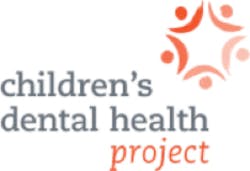New report on dental sealants
Above photos, including image of Christian Burchell (at left), courtesy of Health Promotion Specialsts
Tammi has held numerous officer and council positions with the American Dental Hygienists' Association (ADHA), including president of the ADHA. Tammi has received the ADHA Distinguished Service Award, the South Carolina Dental Hygienist of the Year (twice), and the South Carolina American Association of University Women/Women of Distinction Award.
In Wisconsin, state policies allow dental hygienists to practice in public health settings, including schools, under a dentist’s general supervision and to place sealants without the requirement that a dentist first examine the child. Medicaid can be billed directly for both sealants and an oral health assessment provided in schools.(4)
RELATED | Foundation of caries management remains unchanged
There are recommendations in the report. The authors say that the 20‐year‐old guidelines for sealant use in community programs must be updated. The revised guidelines should then be promoted by federal, state, and local officials who manage sealant programs. An expert SSP Design and Operations Work Group should be convened to revise the guidelines. Barriers should also be addressed in the revision.
Could one of the barriers be state dental practice acts which prohibit dental hygienists from providing care directly to the public? Prevention is a powerful tool, and dental hygienists are prevention specialists.





